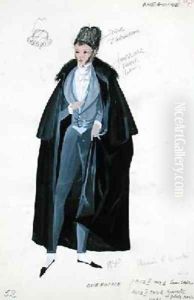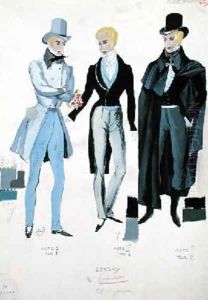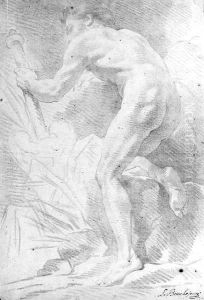A. Lebrun Paintings
Marie Louise Élisabeth Vigée-Lebrun, commonly known as Élisabeth Vigée-Lebrun or Madame Lebrun, was a prominent French painter. Born in Paris on April 16, 1755, she was the daughter of Louis Vigée, a pastel portraitist who operated a studio. From a young age, Élisabeth showed a keen interest in art and received her early training from her father. Her artistic talents were evident early on, and she rapidly developed into a skilled portrait painter.
After her father's death, her mother married a wealthy jeweler, which allowed Élisabeth to continue her education and eventually set up her own studio. Vigée-Lebrun's reputation as a portraitist grew, and she became sought after by the aristocracy. She married Jean-Baptiste-Pierre Lebrun, an art dealer and painter in 1776, which further expanded her exposure to the art world. Despite the marriage, she continued to use her maiden name professionally.
Her career reached new heights when she was summoned to Versailles to paint a portrait of Queen Marie Antoinette. The Queen took a liking to Vigée-Lebrun and, over the years, she painted more than 30 portraits of the Queen and her family, which significantly bolstered her fame and success. In 1783, she was admitted to the Académie Royale de Peinture et de Sculpture, an extraordinary achievement for a woman at that time. Her membership was partly due to the Queen's support and marked a significant milestone in her career.
When the French Revolution began, Vigée-Lebrun, a royalist and associated with the monarchy, was forced to flee France. She lived in various European countries, including Italy, Austria, Russia, and Germany, where she continued to work and was received by the European elite. Her art was well-received, and she was welcomed into the leading cultural circles, painting portraits of the most influential figures of her time.
Vigée-Lebrun's style is characterized by a combination of Rococo charm and Neoclassical restraint. Her portraits are noted for their grace, vivacity, and the skill with which she rendered her sitters' clothing and complexions. She was particularly adept at capturing the personality and elegance of her subjects.
Élisabeth Vigée-Lebrun returned to France during the early 19th century, after the political climate had stabilized. She continued to paint and exhibit her work, though her style was considered somewhat old-fashioned in the face of the emerging Romantic movement. Nonetheless, she remained a respected and influential figure in the art world until her death in Paris on March 30, 1842. Her legacy includes over 800 paintings, and she is remembered as one of the most important female painters of the 18th century and a pioneer for women artists.


